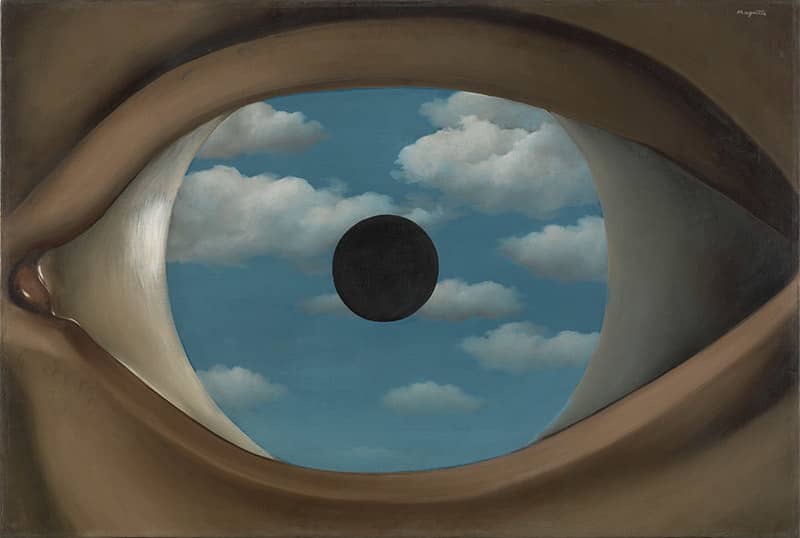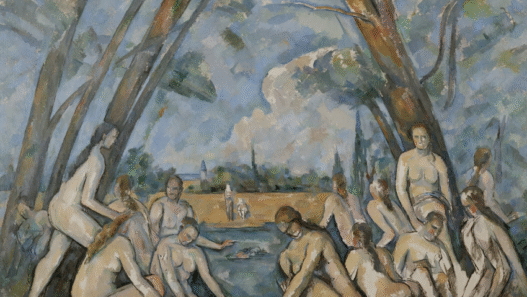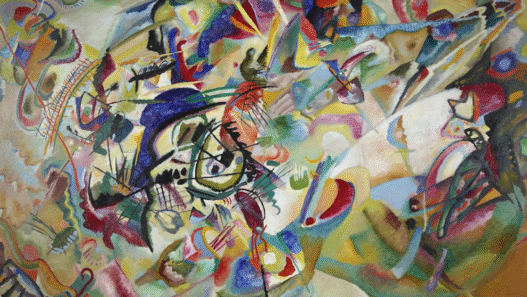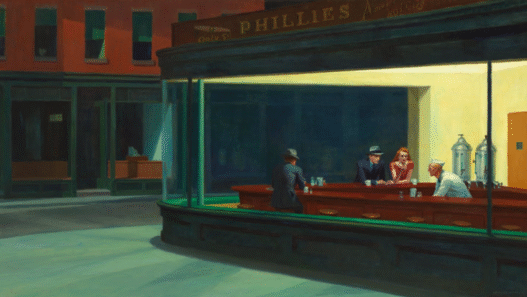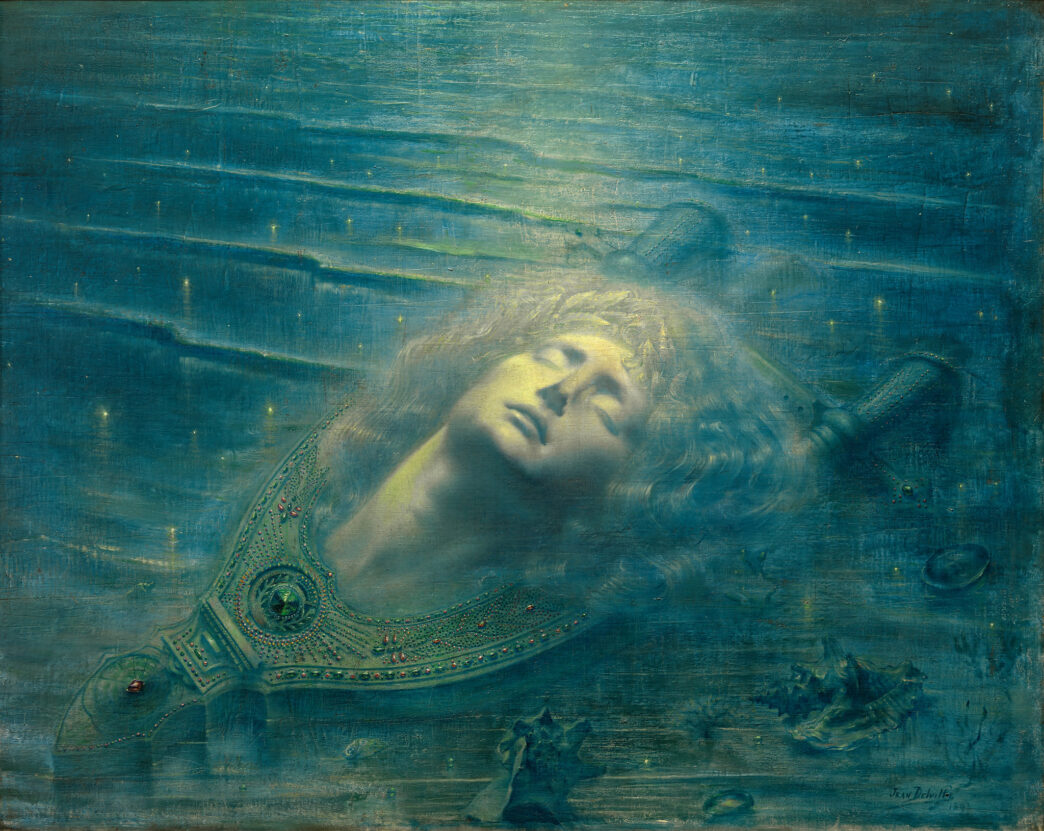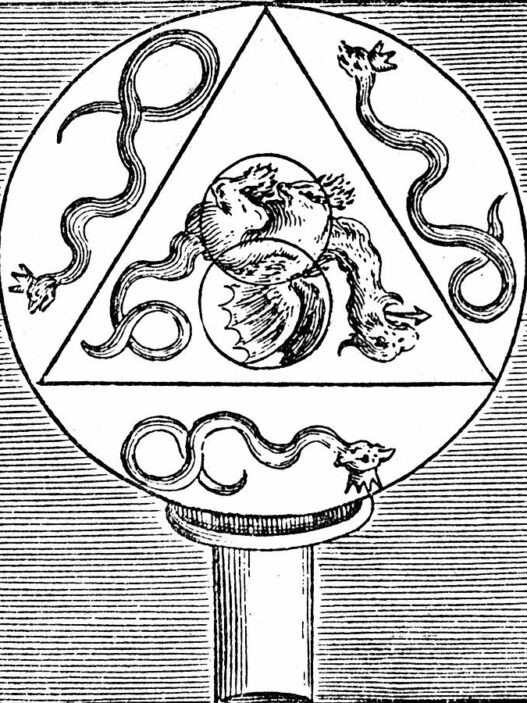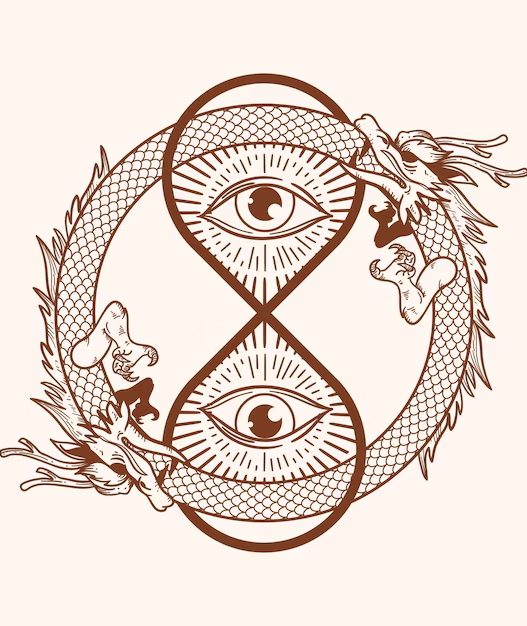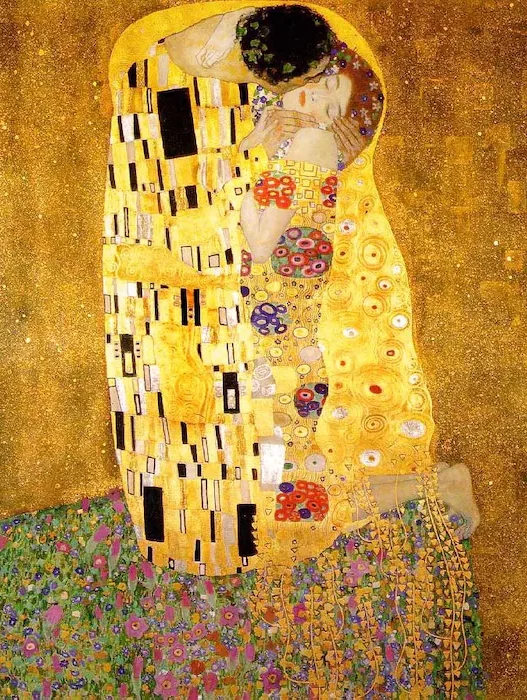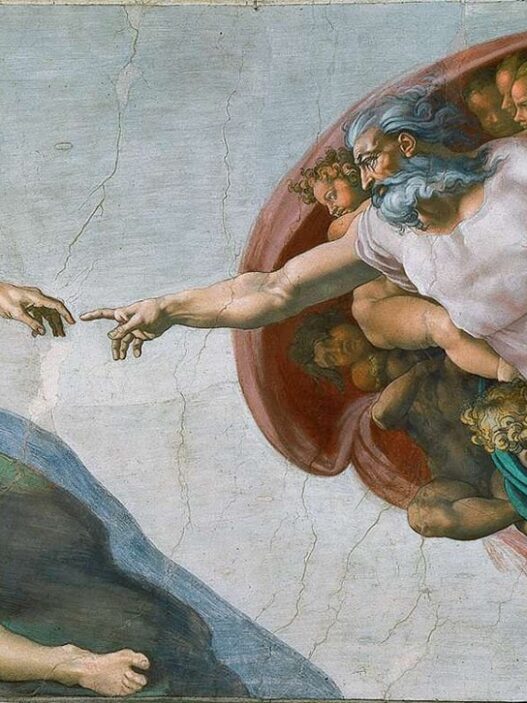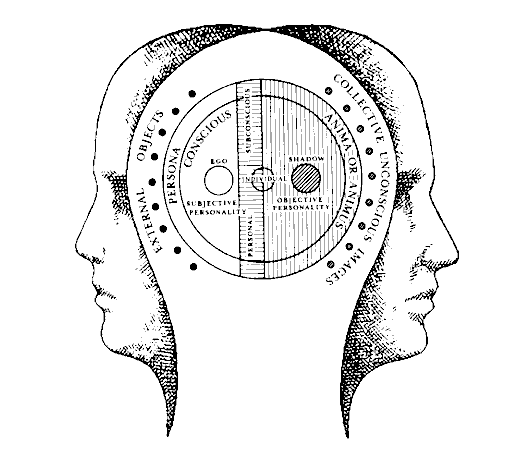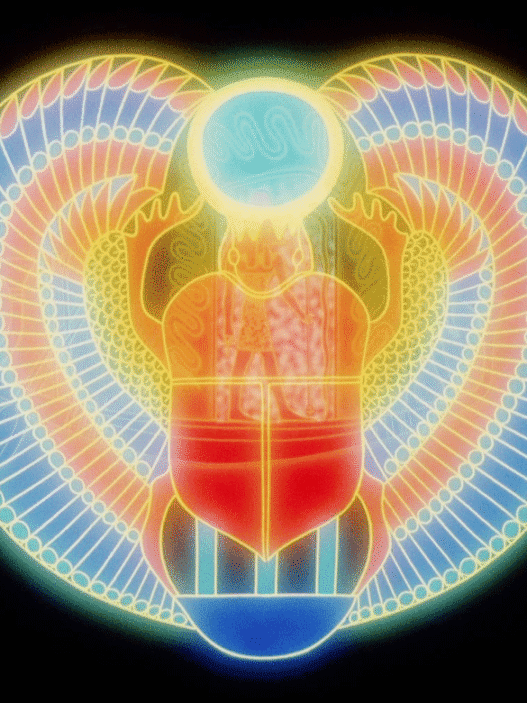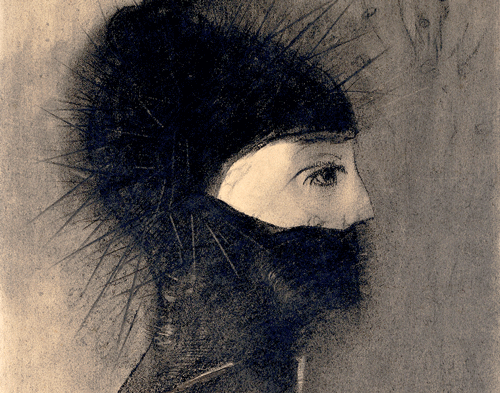This painting, “The Death of Orpheus” (1893) by Jean Delville, is a masterclass in Symbolist art.
But beneath its ethereal glow lies a haunting, controversial narrative that modern audiences might find disturbingly relevant.
The image at first seduces you with its serenity. Golden-haired youth drifts in dreamy repose, haloed by celestial light. But linger longer, and serenity curdles into something eerie. This is Orpheus, the mythic poet whose severed head sings as it floats downriver. Delville renders not a moment of horror, but of transcendent detachment.
As though beauty itself has been decapitated and cast adrift.
Art as Sacrifice?
Why is Orpheus so beautiful in death? Delville does not paint the scream, the agony, the final terror. Instead, he paints a post-mortem glorification. We often see a corpse as an object of reverence, now we face a deeply uncomfortable question:
Must the artist suffer, even die, to be celebrated?
In the age of social media where creators often burn out or vanish before being valued, Orpheus’s fate is eerily prophetic. His artistry was divine, but his audience, the Maenads, tore him to pieces. Sound familiar?
The Necklace or the Noose?
That elaborate, bejewelled collar around Orpheus’s neck could be read in two ways:
As a sacred ornament, symbolising divine favour.
Or as a collar of control, a decadent leash from a culture that feeds on genius until it’s lifeless.
Is Orpheus being honoured, or shackled in death?
The sea is not turbulent. It’s glassy, star-speckled, cosmic, as if the universe simply doesn’t care. This isn’t just the river Hebrus. This is the artist adrift in a cold, aestheticised world. His art survives. His body doesn’t.
What Would You Sacrifice for Beauty?
Orpheus’s decapitated beauty echoes across time:
Do we romanticise the suffering artist?
Are we complicit in consuming art without compassion for its creators?
And in a culture obsessed with legacy, do we truly see the human before the myth?
